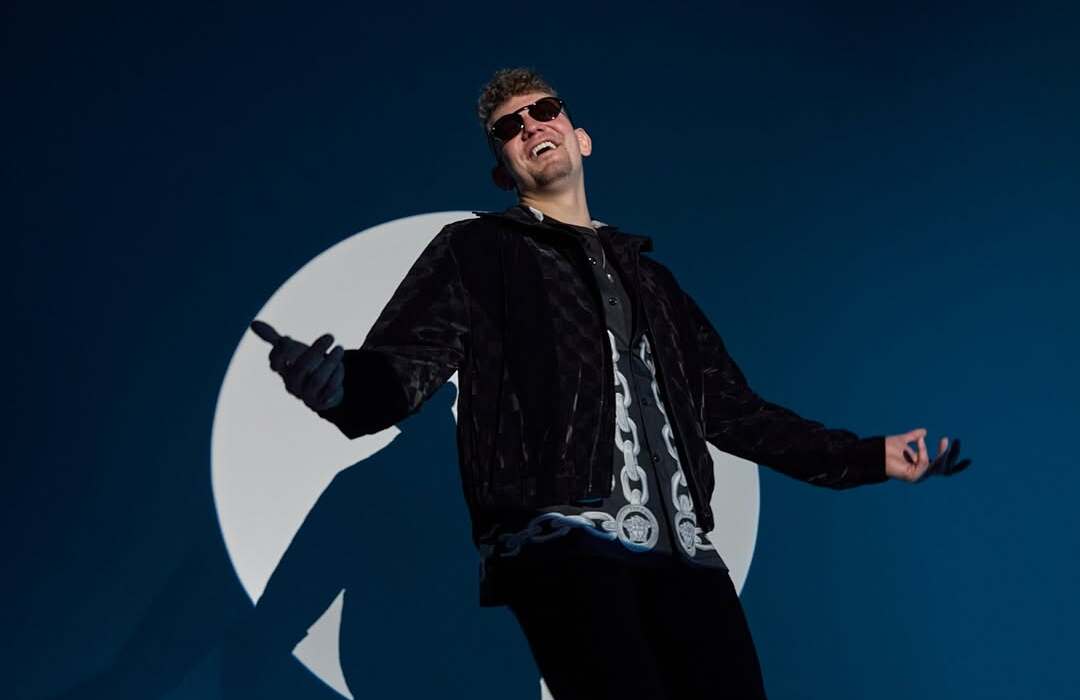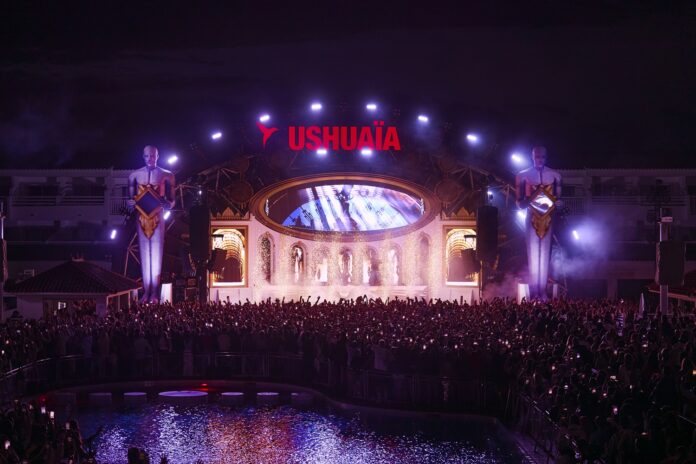School uniforms are nothing new in Western culture. They tend to be associated with private schools, usually religious ones, though the occasional public school will also require them. Japan's uniforms are no different, but the style is rather unique.
The sailor uniform, or seifuku, if the most iconic style of uniform associated with Japanese school children. Series like Sailor Moon and Lucky Star feature characters wearing the iconic outfit, but why are sailor uniforms even a thing in Japan?
Uniforms in Japan go back as far as 150 years to the Meiji Era. Normally, female students wore kimono and male students wore hakama. However, this would change as uniforms started to become the standard. In the 1880s, Western style was beginning to grow popular, but there were issues with this style of dress.
Women's activist and educator Utako Shimoda began advocating for more comfortable attire for women since kimono restricted the wearer's movements, as did the corsets of Western dress. She designed a uniform based on the style worn by Japanese imperial court ladies-in-waiting, including the hakama, a loose set of trousers worn over a specially-designed kimono. This would become the new standard uniform for high school students in this time period. Even today, they are worn to graduations.
Sailor-style outfits began growing in popularity in the 19th Century, inspired by the outfits royal European children would wear. They were easy to make, and thus became the new standard for junior and high school girls. For boys, military-style uniforms called gakuran were implemented during the Taisho era, around 1912-1926. They consisted of a matching set of black pants and jacket, with five golden buttons lining the front of the jacket. A cap was also worn. In 1920, the principal of Fukuoka Jo Gakuin University, Elizabeth Lee, introduced the sailor-style uniform based on the British Royal Navy uniforms.
This was the pervasive uniform style and is still in use today because of how formal it looks. Over time, more Catholic-style uniforms with blazers and ties were introduced. During the 1980s, members of sukeban, or delinquent girl, gangs and began lengthening their skirts and shortening their shirts, so blazer and sweater-vest uniforms were implemented by schools to try and quell this rebellion. This was the time when bancho delinquent gangs also saw a rise. The sailor-style uniform has since seen a decline in use, with only 50% of middle schools and 20% of high schools still using the style as of 2012.
Despite what anime would have viewers believe, many seifuku uniforms don't feature short skirts. This is usually done by the student on an individual basis as a way to try and stylize their uniforms. Some schools have weekly uniform checks, so the girls usually just roll their skirts to make them shorter when they want. Wearing shorter skirts began growing in popularity in the 1990s as the gyaru street style also grew popular. The kogyaru style in particular features school uniform-like outfits with short skirts, oversized socks, and dyed hair. However, this style of fashion has seen declining popularity over the years.
Because of its association with youth and innocence, the seifuku style has become a tool of sexualization and attraction. Much like other types of dress like maid outfits and nurses' uniforms, adult-oriented media will feature girls in school uniforms, usually with the shorter skirts. This trend can be seen in some anime and manga titles, usually as a way for panty shots to be used such as in series like Rosario + Vampire.
While not all series that feature the shorter skirts are guilty of this, the uniform designs aren't realistic. The shortest skirts issued by a school will usually fall just above the knee. However, it should be noted that this artistic choice can also be a way for the artist to create a unique look for their work. It's how they choose to depict the characters wearing the uniforms.
About The Author

